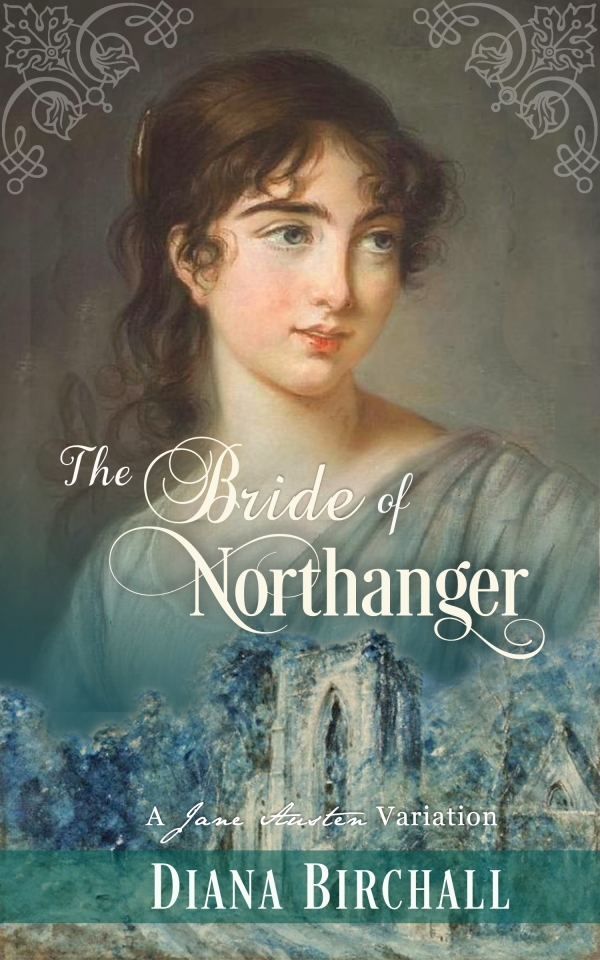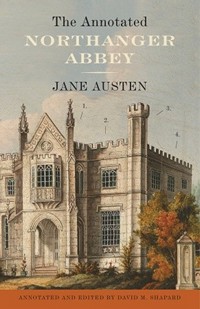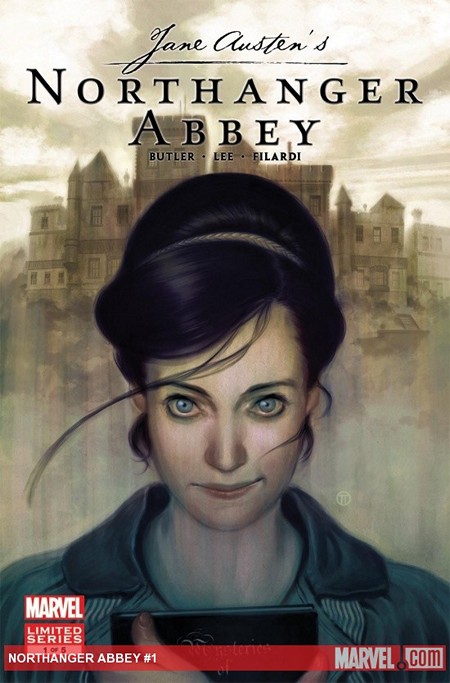From the desk of Laurel Ann Nattress: Happy Friday, dear readers. There was a time when I could count the number of Northanger Abbey sequels on one hand. Admitting that may date me and my Austenesque reading terribly, however, it is true. Only in the last few years has there been an uptick of new... Continue Reading →
7 Historical Suspense Novels Inspired by Jane Austen
From the desk of Laurel Ann Nattress: Happy Friday, dear readers. All Hallows Eve is this weekend. Have you chosen a costume and stocked up on candy yet? I don’t have trick or treaters visiting me in the country, however, that has never stopped me from celebrating the holiday by decorating with pumpkins and eating... Continue Reading →
Murder at Northanger Abbey: Sequel to Jane Austen’s Spoof on the Gothic Novel, by Shannon Winslow — A Review
From the desk of Sophia Rose: Do you ever read a book and enjoy it to such an extent that your mind continues to dwell on the characters, and you imagine your own continuation of the story? If that story is Northanger Abbey, then it is no stretch to imagine that the heroine, Catherine Morland,... Continue Reading →
A Preview of The Bride of Northanger, by Diana Birchall
Those of you who are fans of Austenprose know how much I enjoy Jane Austen’s lively, burlesque comedy, Northanger Abbey. In 2008 I hosted a month-long event here called, Go Gothic with Northanger Abbey, where we read the novel and explored its history, characters, locations, and legacy. I am a big #TeamTilney fan. Sadly, there... Continue Reading →
Northanger Abbey: The Austen Project, by Val McDermid – A Review
In the second installment of The Austen Project, bestselling Scottish crime writer Val McDermid takes a stab at a contemporary reimagining of Jane Austen’s most under-appreciated novel, Northanger Abbey. Written in the late 1790s when Austen was a fledgling writer, this Gothic parody about young heroine Catherine Morland’s first experiences in Bath society and her... Continue Reading →
When I’m With You (The Jane Austen Academy Series), by Cecilia Gray – A Review
From the desk of Lisa Galek: I read a lot of young adult fiction and I notice that there’s often a tendency to feature a female main character who’s smart, sassy, and in control. Of course, these self-confident heroines are important and lots of real-life girls can relate to them. But, some girls are a... Continue Reading →
The Annotated Northanger Abbey, by Jane Austen, annotated & edited by David M. Shapard – A Review
From the desk of Heather Laurence: “And now, Henry,” said Miss Tilney, “that you have made us understand each other, you may as well make Miss Morland understand yourself … Miss Morland is not used to your odd ways.” “I shall be most happy to make her better acquainted with them.” Modern readers encountering Northanger... Continue Reading →
A Preview of Jane Austen’s Northanger Abbey by Marvel Comics
Marvel Comics is adapting Jane Austen's Northanger Abbey into a 5 book limited comic book series adapted by Nancy Butler, illustrated by Janet Lee, with a cover design by Julian Totino Tedesco. We love the intensity of heroine in the making Catherine Morland on the cover and hope that the interior images are as equally... Continue Reading →
Day Two: JASNA Conference 2010: Henry Tilney Rules, Darcy Drools
Team Tilney Panel © Austenprose The Friday morning wake-up call came way too early for Deb (Jane Austen in Vermont) and me after a previous full day of travel, registration and evening pre-conference events at the Jane Austen Society of North America’s Annual General Meeting, Jane Austen and the Abbey: Mystery Mayhem and Muslin in... Continue Reading →
Northanger Abbey, by Jane Austen (Naxos AudioBooks), read by Juliet Stevenson – A Review
Northanger Abbey is the exuberant lesser-known child of Jane Austen’s oeuvre. Even though it was her first novel to be completed and sold in 1803, much to Austen’s bemusement it was never published and languished with Crosby & Co for thirteen years until she bought it back for the ten pounds that the publisher had... Continue Reading →
Austen at Large: Oh Henry! What a good Valentine
A look at Henry Tilney. An all around great guy!
Northanger Abbey: Henry Tilney – so becomingly important!
...in the course of a few minutes, she found herself with Henry in the curricle, as happy a being as ever existed. A very short trial convinced her that a curricle was the prettiest equipage in the world; the chaise and four wheeled off with some grandeur, to be sure, but it was a heavy... Continue Reading →











